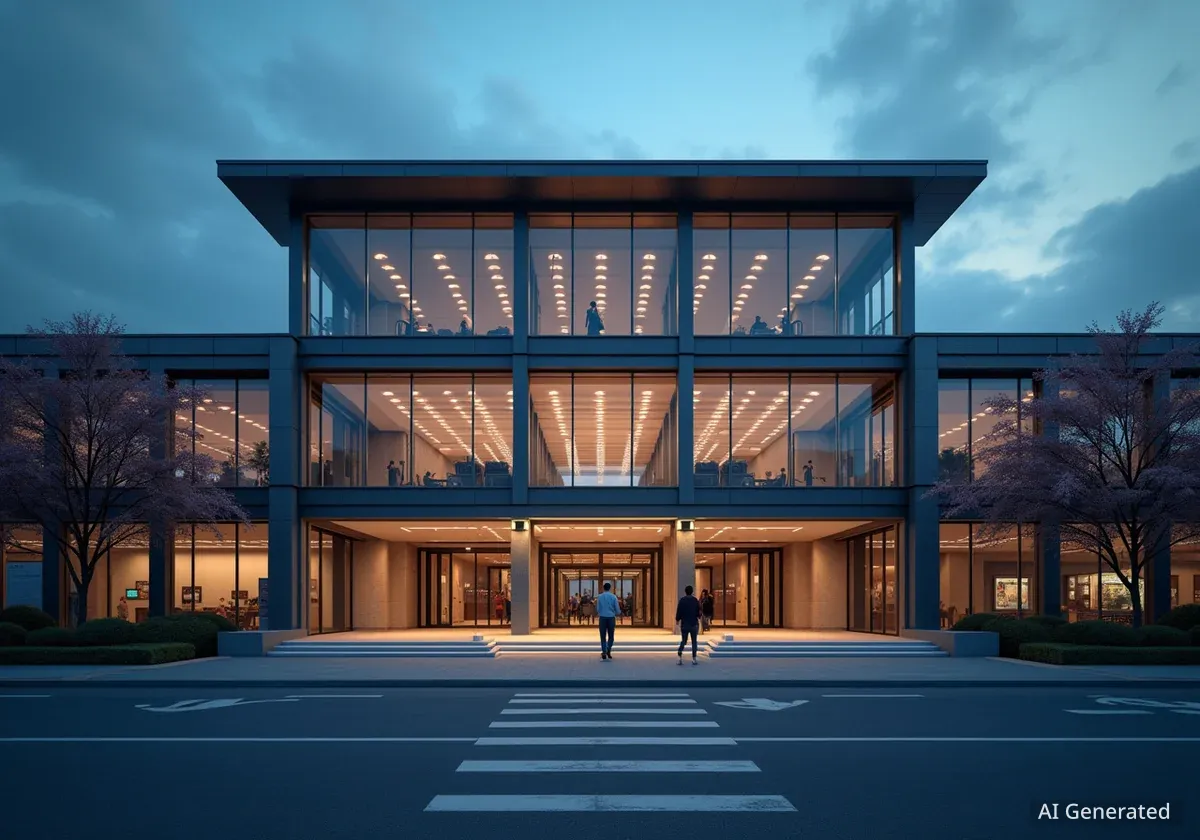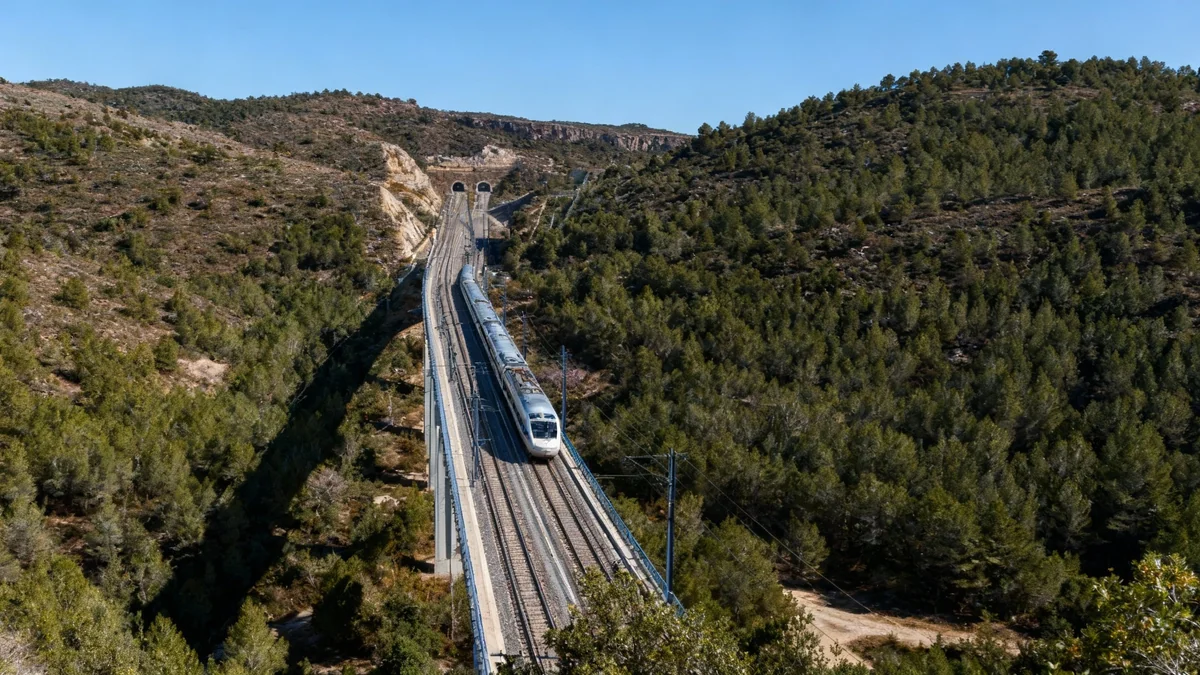The technology powering the Metro Red Line, which serves thousands of commuters daily, is in urgent need of a comprehensive overhaul. Metro officials warn that without significant upgrades, the system faces severe reliability issues, potentially leading to increased delays and passenger safety concerns.
Key Takeaways
- Red Line technology dates back to 1973.
- General Manager Randy Clarke warns of future reliability problems.
- Renovations are compared to switching from eight-track to streaming.
- Billions of dollars are needed for modernization.
Aging Infrastructure Poses Risks
Metro General Manager Randy Clarke has highlighted the critical state of the Red Line's operating technology. He stated that the current system, responsible for moving countless passengers, is outdated. This could lead to major reliability problems in the coming years.
These issues could result in more trains stopping in tunnels and increased anxiety for passengers. The technology components in the control room are so old they might remind some people of a Radio Shack store from decades ago. This shows the age of the system.
Did You Know?
The core control room components for the Red Line date back to 1973, making them over 50 years old. This technology is no longer taught in modern engineering schools.
A Shift from Obsolete to Modern
Metro Chief Infrastructure Officer Theresa Impastato described the renovation scale. She compared it to moving from an eight-track tape player to a modern streaming service. This analogy underscores the vast technological gap between the current system and what is needed.
Impastato also noted the challenges in staffing. New employees must learn obsolete methods to maintain the existing infrastructure. She said, "They don't teach the methods to construct this in school anymore. It's history." This creates a need to train staff in outdated practices.
"If you get into major reliability problems years from now, that's going to be more people stuck in tunnels; that's going to be more trains not moving. It's going to be anxiety when people can't move," stated General Manager Randy Clarke.
The Financial Challenge Ahead
Modernizing the Red Line will require a significant financial investment. General Manager Clarke estimates the total cost will be in the billions of dollars. However, Metro is seeking funding in manageable segments.
Clarke suggested a funding model of approximately $200 million per year. This phased approach would allow for a sustained program of upgrades over time. Discussions are underway within the region to explore options for directing sales tax funds specifically towards these Metro renovations and updates.
Metro's Ongoing Efforts
Metro has been working on various improvements. Recent efforts include retiring the older 2000 series railcars. These actions are part of a broader strategy to modernize the transit system and enhance passenger experience.
Why These Upgrades are Crucial
The Red Line is a vital artery for daily commuters. Its reliable operation is essential for the region's economy and the daily lives of its residents. Delaying these crucial upgrades could have far-reaching consequences.
Beyond inconvenience, an aging system can pose safety risks. Ensuring the technology is current helps prevent malfunctions that could endanger passengers. The goal is to provide a safe, efficient, and reliable transit experience for everyone.
The proposed modernization will not only improve reliability but also enhance the overall passenger experience. Modern systems often allow for better real-time information, smoother operations, and more efficient maintenance. This would bring the Red Line in line with contemporary urban transit standards.
Looking Towards the Future
The long-term vision involves a fully modernized rail system. This system would incorporate advanced technology, improving both efficiency and safety. The transition will require careful planning and consistent investment over several years.
Regional leaders recognize the importance of these upgrades. The discussions around funding mechanisms reflect a commitment to securing the future of the Metro system. Ensuring a stable and predictable funding stream is key to successfully implementing these massive renovations.
- Modernization will reduce breakdowns.
- New technology improves passenger safety.
- Efficient systems enhance the commuter experience.
- Long-term investment secures future transit.





